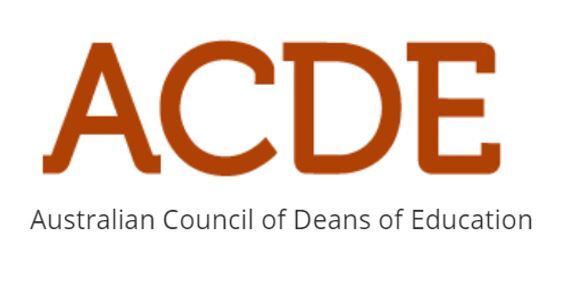ACDEVEG is the Australian Council of Deans of Education’s vocational education group.The sixth annual ACDEVEG conference was held online in December 2020, with over 70 attendees.
The theme was ‘VET teacher development around the world’ and the event included three international keynote speakers.
The focus is teacher training and professional development
ACDEVEG “helps to build and strengthen high-quality educational practices in VET teacher-education programs for VET practitioners.” Last year’s conference program covered a wide range of territory and topics. You can access the PowerPoints of the various presentations here.
Let’s highlight a few! The overseas presenters included Gary Husband’s description of the ‘cartography’ of VET teaching qualifications from across all the ‘countries’ in the UK (England, Scotland, Wales and Ireland). He points out that: “There are 4 distinct approaches to the regulation and provision for lecturer education in relation to requirement, registration and audit” but that “The levels at which lecturer education provision is set across all 4 nations is commensurate but contain differing requirements.” However, they all “recognise each other’s teaching qualifications with individual transcript and mapping exercises frequently undertaken.”
Professor Frank Bünning’s presentation on the structures of TVET Teacher Education in Germany told us that teacher education is divided into two stages there: studies at university over 4 to 5 years including a teaching internship and then a probationary period, typically of 1.5 to 2 years.
The final overseas presenter, Dr Harry Stolte, looked at trends in the development of TVET teacher education in selected SE Asian countries, including Myanmar, Cambodia and Thailand. The region faces many challenges, he says, including variable TVET policies and strategies, governance structures, regulatory frameworks and standards, and a variety of approaches to teacher recruitment and career development pathways. TVET teacher training approaches can be broadly categorised as a concurrent model of delivery or a consecutive model. However, suggestions made in the presentation for improvements include upgrading degree orientation towards a Masters degree level and combining pre-service with in-service training to promote continuing professional development.
There were some local presentations too!
The local presenters included Joy de Leo from NCVER who described the profile of the VET workforce. She reported that there was little support for adding to the VET teaching entry requirements. However, a minority called for an increase in the entry-level VET qualification to at least diploma level, but that “higher level qualifications [may be called for in] leadership roles and for teaching higher level & specialist courses.”
We hope to present a short article on a forthcoming paper on VET teacher capability, in the next issue or so of VDC News. Our regular readers will recall that we summarised the VET workforce report in a previous article, and that can be accessed here.
Marg Malloch from Victoria University and Keiko Yasukawa are looking at TAFE teacher classifications and qualification standards in a range of industrial agreements, specifically those in Victoria, New South Wales, South Australia and Queensland. They reported that qualifications “are used to set salary barriers for TAFE teachers, however: there is no uniformity in approach used in different jurisdictions.” Their work is in its early stages, so we will keep our yes on this one!
Finally, Erica Smith from Federation University’s presented a paper focused on VET teacher-trainees reflections on the utility of learning theories in the context of the associate degree in VET teaching offered at her institution. It focuses on how teachers actually used what they had learned (in one case in teaching ‘boring subjects’) or preventing difficult and dangerous situations from arising. Knowing more about learning theory also helps prompt self-reflection.








